April 8, 2025—KB5055523 (OS Build 26100.3775)
Applies To
Release Date:
4/8/2025
Version:
OS Build 26100.3775
For information about Windows update terminology, see types of Windows updates and the monthly quality update types. To find an overview of Windows 11, version 24H2, see its update history page.
Be sure to follow @WindowsUpdate to find out when new content is published to the Windows release health dashboard.
Important: Windows updates do not install Microsoft Store application updates. If you are an enterprise user, see Microsoft Store apps - Configuration Manager. If you are a consumer user, see Get updates for apps and games in Microsoft Store.

Highlights
This update addresses security issues for your Windows operating system.
Improvements
This security update includes improvements that were a part of update KB5053656 (released March 27, 2025). The following summary outlines key issues addressed by the KB update after you install it. Also, included are available new features. The bold text within the brackets indicates the item or area of the change.
-
[Authentication] This update addresses an issue affecting machine password rotation in the Identity Update Manager certificate/Public Key Cryptography for Initial Authentication (PKNIT) path. This issue occurred particularly when Kerberos was used and Credential Guard was enabled, potentially causing user authentication problems. The feature Machine Accounts in Credential Gurad, which is dependent on password rotation via Kerberos, has also been disabled, until a permanent fix is made available.
-
[Daylight Saving Time (DST)] Update for the Aysen region in Chile to support the government DST change order in 2025. For more info about DST changes, see the Daylight Saving Time & Time Zone Blog.
-
[OS Security] After installing this update or a later Windows update, a new %systemdrive%\inetpub folder will be created on your device. This folder should not be deleted regardless of whether Internet Information Services (IIS) is enabled on the target device. This behavior is part of changes that increase protection and does not require any action from IT admins and end users. For more information, see CVE-2025-21204.
-
[Windows Hello] After installing this update or a later Windows update, for enhanced security, Windows Hello facial recognition requires color cameras to see a visible face when signing in. For more information, see CVE-2025-26644.
If you installed earlier updates, your device downloads and installs only the new updates contained in this package.
For more information about security vulnerabilities, see the Security Update Guide and the April 2025 Security Updates.
AI Components
The following AI components have been updated with this release:
|
AI Component |
Version |
|
Image Search |
1.7.820.0 |
|
Content Extraction |
1.7.820.0 |
|
Semantic Analysis |
1.7.820.0 |
Windows 11 servicing stack update (KB5058538)- 26100.3764
This update makes quality improvements to the servicing stack, which is the component that installs Windows updates. Servicing stack updates (SSU) ensure that you have a robust and reliable servicing stack so that your devices can receive and install Microsoft updates. To learn more about SSUs, see Simplifying on-premises deployment of servicing stack updates.
Known issues in this update
All users
Devices that have certain Citrix components installed might be unable to complete installation of the January 2025 Windows security update. This issue was observed on devices with Citrix Session Recording Agent (SRA) version 2411. The 2411 version of this application was released in December 2024. Affected devices might initially download and apply the January 2025 Windows security update correctly, such as via the Windows Update page in Settings. However, when restarting the device to complete the update installation, an error message with text similar to “Something didn’t go as planned. No need to worry – undoing changes” appears. The device will then revert to the Windows updates previously present on the device. This issue likely affects a limited number of organizations as version 2411 of the SRA application is a new version. Home users are not expected to be affected by this issue.
The issue has been resolved in Citrix Session Recording Agent version 2503, released on April 28, 2025, and newer versions.
For details, see the documentation provided by Citrix at "Microsoft's January Security Update Fails/Reverts on a machine with 2411 Session Recording Agent".
All users
Note: If you're unable to sign in using Windows Hello facial recognition in low light or with a covered camera lens after installing this update, this is a design change for enhanced security, and unrelated to the known issue listed below. See the Improvements section for details.
The following issue only affects devices where the System Guard Secure Launch or Dynamic Root of Trust for Measurement (DRTM) feature is enabled after installing this update. Devices with Secure Launch or DRTM enabled prior to this update, or those with these features disabled, are not impacted by this issue.
We're aware of an issue affecting Windows Hello on devices with specific security features enabled. After installing this update and performing a Push button reset or Reset this PC from Settings > System > Recovery and selecting Keep my Files and Local install, some users might be unable to login to their Windows services using Windows Hello facial recognition or PIN. Users might observe a Windows Hello Message saying "Something happened and your PIN isn't available. Click to set up your PIN again" or "Sorry something went wrong with face setup".
This issue is addressed in KB5055627.
All users
After installing this update and restarting your device, you might encounter a blue screen exception with error code 0x18B indicating a SECURE_KERNEL_ERROR.
This issue is addressed in KB5055627.
All users
There are reports of blurry or unclear CJK (Chinese, Japanese, Korean) text when displayed at 96 DPI (100% scaling) in Chromium-based browsers such as Microsoft Edge and Google Chrome. The March 2025 Preview Update introduced Noto fonts in collaboration with Google, for CJK languages as fallbacks to improve text rendering when websites or apps don’t specify appropriate fonts. The issue is due to limited pixel density at 96 DPI, which can reduce the clarity and alignment of CJK characters. Increasing the display scaling improves clarity by enhancing text rendering.
Microsoft has shared its findings on the blurry text issue at 96 DPI, along with potential solutions with Google for further discussion. For additional support, users can report issues related to Noto CJK fonts through the official Google Noto Fonts GitHub repository.
How to get this update
Before you install this update
Microsoft combines the latest servicing stack update (SSU) for your operating system with the latest cumulative update (LCU). For general information about SSUs, see Servicing stack updates and Servicing Stack Updates (SSU): Frequently Asked Questions.
Install this update
To install this update, use one of the following Windows and Microsoft release channels.
|
Available |
Next Step |
|||
|
|
This update downloads and installs automatically from Windows Update and Microsoft Update. |
|
Available |
Next Step |
|||
|
|
This update downloads and installs automatically from Windows Update and Microsoft Update for Business in accordance with configured policies. |
|
Available |
Next Step |
||||
|
Yes |
Before you install this update To get the standalone package(s) for this update, go to the Microsoft Update Catalog website. This KB contains one or more MSU files that must be installed in order. Install this update Method 1: Install all MSU files together Download all MSU files for KB5055523 from Microsoft Update Catalog and place them in the same folder (for example, C:/Packages). Use Deployment Image Servicing and Management (DISM.exe) to install the target update. DISM will use the folder specified in PackagePath to discover and install one or more prerequisite MSU files as needed. Updating Windows PC To apply this update to a running Windows PC, run the following command from an elevated Command Prompt:
Or, run the following command from an elevated Windows PowerShell prompt:
Updating Windows Installation media To apply this update to Windows Installation media, see Update Windows installation media with Dynamic Update. Note: When downloading other Dynamic Update packages, ensure they match the same month as this KB. If the SafeOS Dynamic Update or Setup Dynamic Update is not available for the same month as this KB, use the most recently published version of each. To add this update to a mounted image, run the following command from an elevated Command Prompt:
Or, run the following command from an elevated Windows PowerShell prompt:
Method 2: Install each MSU file individually, in order Download and install each MSU file individually either using DISM or Windows Update Standalone Installer in the following order:
|
|
Available |
Next Step |
|||
|
|
This update automatically syncs with Windows Server Update Services (WSUS) if you configure Products and Classifications as follows: Product: Windows 11 Classification: Security Updates |
If you want to remove the LCU
To remove the LCU after installing the combined SSU and LCU package, use the DISM/Remove-Package command line option with the LCU package name as the argument. You can find the package name by using this command: DISM /online /get-packages.
Running Windows Update Standalone Installer (wusa.exe) with the /uninstall switch on the combined package will not work because the combined package contains the SSU. You cannot remove the SSU from the system after installation.
File information
For a list of the files that are provided in this update, download the file information for cumulative update 5055523.
For a list of the files that are provided in the servicing stack update, download the file information for the SSU (KB5058538) - version 26100.3764.











